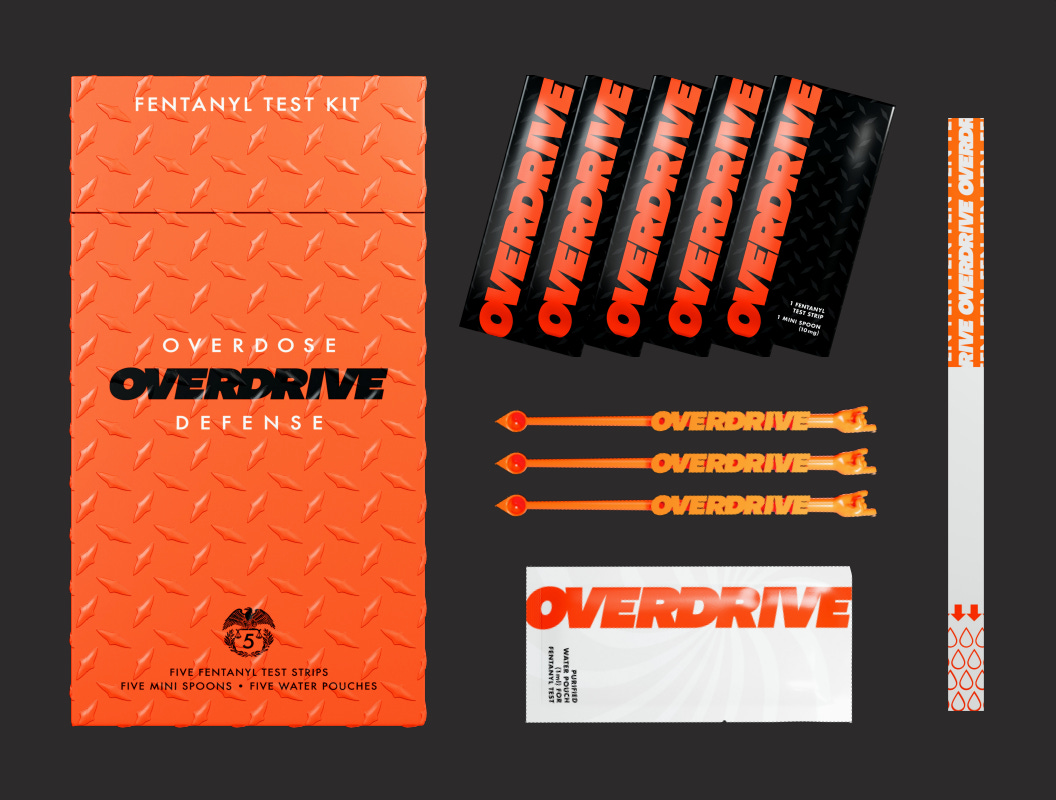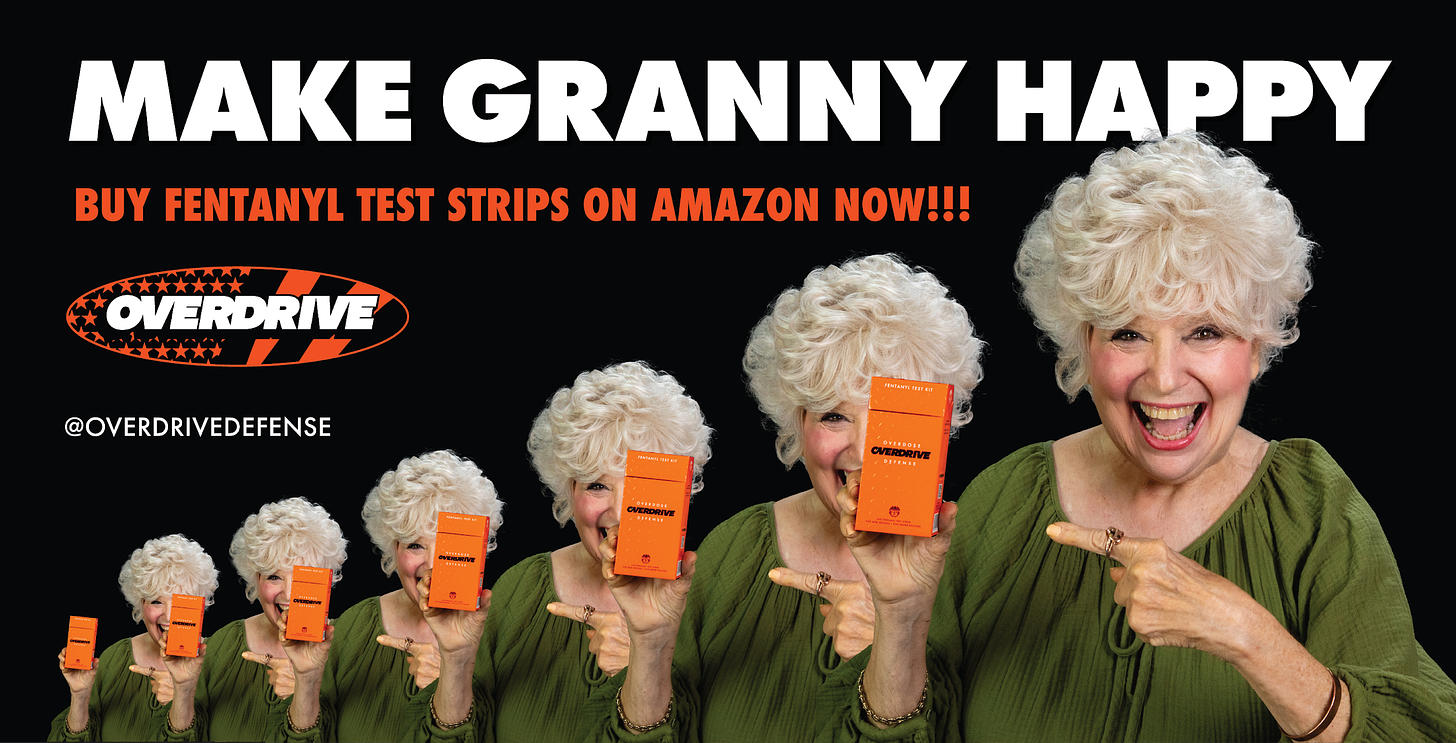This past Sunday on 60 Minutes, Bill Whitaker covered the devastating impact of fentanyl, the deadly opioid fueling the worst drug crisis in U.S. history. The episode went into detail on the state of the opioid crisis, and included a heartbreaking interview with Mike O'Kelley and Angela King, the parents of 20-year-old Jack O'Kelley, who tragically died from a fentanyl overdose:
It’s a devastating story that impacts countless lives in this country. As written by CBS above, “Last year, over 70,000 Americans died from fentanyl — more than U.S. military casualties in the Vietnam, Iraq, and Afghanistan wars combined.”
Coming right on the heels of this episode is the launch of Overdrive Defense, a new brand that is taking a bold and disruptive approach to address this crisis head-on. For some context, Overdrive was founded by Brian Bordainick, the brand-building legend and co-founder of Starface, Julie, Blip, and Futurewise.
In a nutshell, Overdrive is a lifestyle and CPG brand focused on harm reduction and drug safety, creating content and products to destigmatize the category and reduce the frequency of drug poisoning and deaths, respectively:
Before diving deeper into the brand, we’d like to highlight some other important statistics about the prevalence of overdoses in the United States:
There were over 112,000 overdose deaths in 2023 alone.
Fentanyl poisoning is now the leading cause of drug-related deaths.
Many believed access to harm reduction tools was the primary issue, but when Naloxone - a life-saving medicine that can rapidly reverse an opioid overdose - became available over the counter, the market did not grow.
This last point was the key unlock for Overdrive Defense who realized that a clinical marketing approach, or one that promotes abstinence, will never change the behaviors of people who use drugs. That’s why they opted for a first-of-its-kind strategy: a content-first approach that leverages cultural relevance and partnerships with authentic voices to build consumer trust, which, in turn, leads to safer drug use.
In terms of content, Overdrive began posting on social media in February 2023, with the goal of growing an audience and building relationships with DJs, comedians, and motocross and skate athletes such as Canabliss, Carter Cruise, Boo Johnson, and Alex Sucks. Today, they have launched their first product, the Fentanyl Test Kit ($12.99 for a 5-pack), which includes the following items:
5 Test Strips (each with a 15ng/mL detection threshold)
5 Water Pouches (1mL of purified water, used to dilute substances for testing)
5 Mini Spoons (each 10 mg spoon ensures precise dosage of powdered drugs)
We had the immense honor of speaking with the mastermind behind their content, Ryan Weaver, Overdrive’s Executive Producer and Creative and Brand Lead. For some background, Ryan has produced documentaries for Netflix and MAX, worked as the Head of Production at Julie, and created content for brands like Full Send and Sunday Studios. Extremely impressive.
We chatted with Ryan about everything from the branding and design of Overdrive’s products to the details of their content strategy and target audience. He also shared more about their plans to amplify the launch both IRL and through other channels, including out-of-home (OOH) efforts. This is one of our favorite interviews to date, and Overdrive Defense is an incredibly important brand to watch for so many reasons. Without further ado, here’s our conversation with Ryan:
BRANDING + DESIGN
Every aspect of Overdrive’s branding is intentional, aligning with their mission of breaking the stigma surrounding drug use. The loud color palette and bold typography reflect their focus on confronting the conversation about drug use directly. The symbolism behind their logos tells the story of the problem they’re trying to solve, and the shape and design of the packaging are intended to make the experience of using the product enjoyable - something people feel confident carrying around at a party, in social settings, or just by themselves.
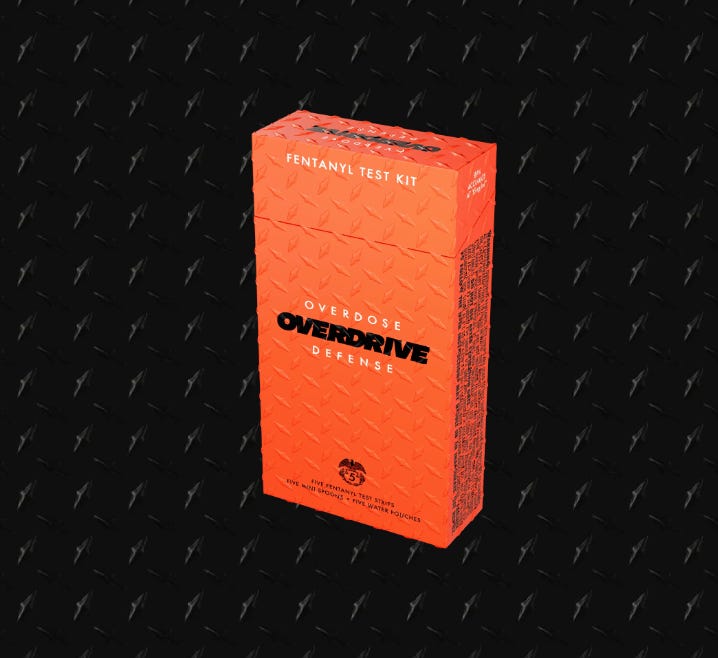
PEOPLE BRANDS AND THINGS: We’d love for you to share more about Overdrive’s branding. Who did you work with, and how did you arrive at the name, font, colors, and overall aesthetic?
Ryan Weaver: We did everything in-house on the branding front. We talked to some creative agencies early on. A lot of people are scared of this market—they still see it as super stigmatized and most weren’t willing to break from the usual "don’t do drugs" message. We really wanted to take a fresh approach to this vertical and be more conversational when talking to consumers.
We had a 90-day period where we tested our tone internally and made a few adjustments. We wanted Overdrive to feel more like a badass energy drink and less like a sterile medical brand. Also, We liked that “OD” was in the name without directly saying “overdose.”
As for colors, we riffed on cautionary shades and symbols that have a party connotation. The main color is Safety Orange, which grabs attention and alerts you, and the signature texture we use is diamond tread. We took traditional safety symbols and gave them a streetwear twist.
PBT: What is the significance of the eagle and crest on the front of the kit? How did you decide on this symbol, and what does it represent?
RW: The eagle stands for a couple things we think are key. First, patriotism. At its core, the brand is about tackling fentanyl, a uniquely American problem, and the eagle symbolizes strength and Americana. Leading with that cuts through the noise and makes the brand’s foundation clear.
The eagle also represents freedom. A lot of what we’re trying to do is not to limit who we’re talking to and acknowledge people who use hard drugs, a group that often isn’t spoken to in a way that actually acknowledges them as people. We're not here to push abstaining from drug use, but we are here to protect the people who do use drugs.
We're also playing around with other symbols like a Doberman attack dog and bedazzled iron knuckles, so you’ll see more gnarly elements in the future.
PBT: Can you explain the thought process behind the design of each product in the kit, from the hand-stems of the spoons to the ends of the test strips?
RW: The pack is based on a traditional cigarette pack. There's a ton of research behind that design—people are comfortable carrying it around, especially at parties or concerts. We started there, and added our branding to make it more badass and relevant to our product. Then, we added our Pantone color and the embossed diamond tread, which became the signature look for Overdrive.
When we think about the best version of the packaging, a lot of CPG brands want their logo as big as possible. But our hope for Overdrive is that we can own the diamond tread pattern. In the future, we’d love for people to recognize just the tread on the box without needing a logo. We want Overdrive to feel bold and exciting, not like your typical drug safety product. That way, we can make a strong first impression and change how people see things.
Everything else in the pack ties back to the box design. The water pouches are a clean white with the diamond tread, and the black pouches for the testing strips have the tread as well. The spoon has been getting a lot of positive feedback, especially from our talent network. It's what you’d expect from a drug testing spoon, but in our Pantone, with our logo, and with added horns, which adds an element of fun. It makes the whole process feel less sterile and intimidating—something you actually want to use, even in a party setting.
AUDIENCE + CONTENT
If you stumbled upon Overdrive’s social media accounts without any context, chances are you’d think the brand was a media company rather than a consumer brand, let alone one focused on drug safety. That’s the beauty of the content - it’s rooted in entertainment rather than education and focuses on meeting people where they are, satisfying their emotions and desires, without ever coming across as condescending or superior.
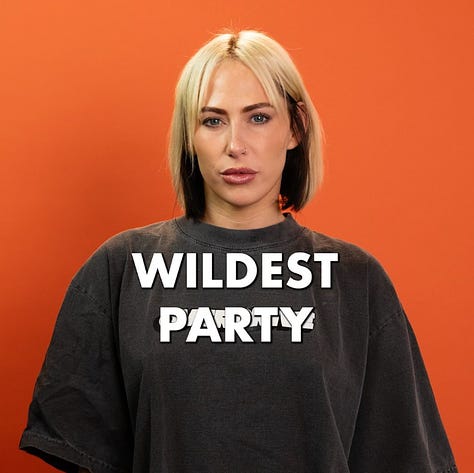
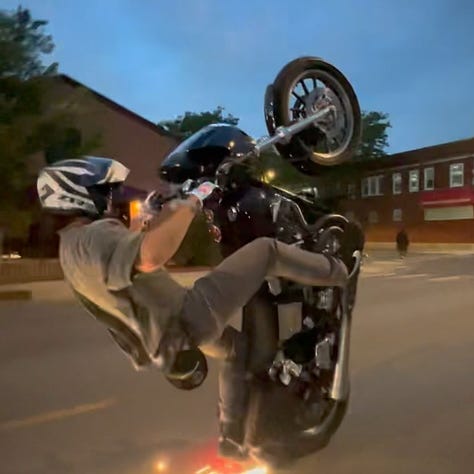

PBT: Who is the target audience for Overdrive? How have you balanced reaching them in a way that feels relatable without coming across as judgmental or patronizing?
RW: We think about it more in terms of psychographics. People using hard drugs are often engaging in dangerous behavior and chasing an intense escape, and a lot of the content we create taps into that same vibe—whether it’s extreme sports, hardcore music, edgy comedy, or just risky situations in general. We feel like focusing on gender, age, or geography is where it can become a bit patronizing, though.
We’re more about connecting with a community that’s looking for an extreme release from tough emotions, and making sure they know we’re genuinely trying to meet them where they are. We want them to trust that we’re putting in the effort to show up in the places they actually consume content. And that’s a conversation we’ll keep building on as we grow.
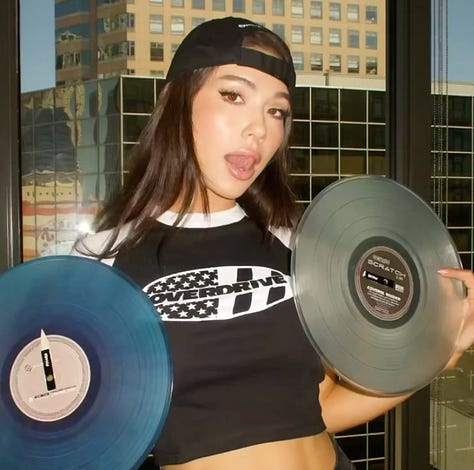
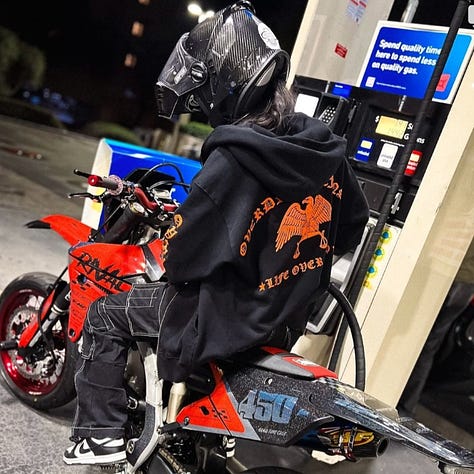
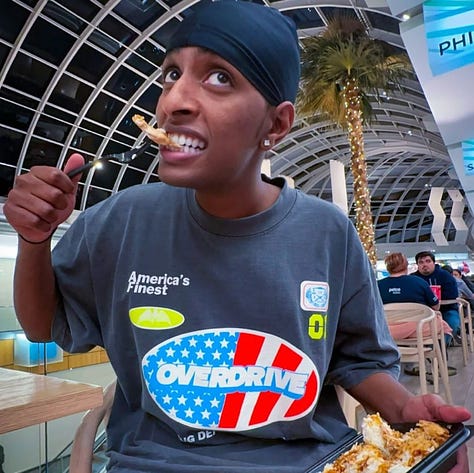
PBT: We’d love to hear more about the content strategy for the brand. What are your objectives and content pillars?
RW: At Overdrive, we think the whole clinical approach or preaching "just say no" is a tough sell for people who use drugs, we want to give them the tools they want to use to protect themselves. So, we’re approaching marketing more like a media company or lifestyle brand and less like a consumer product brand.
We’re developing original series and sponsoring different creators to create entertainment that feels authentic to the places where our audience already hangs out. By featuring people our audience already connects with, we’re able to build those relationships naturally, while giving them the tools they need to stay safe. We have a few pillars to guide this process. We have gnarlier verticals like music, skate, prank comedy, and we have pillars to guide our series development. Those are iterating but right now they are: overconfidence, trust, impatience, denial and awareness. These will change, but the idea is to take the principles at the core of our product and translate them into content themes.
PBT: Overdrive’s content leans into entertainment, some focused on adrenaline sports and activities. How will the content evolve once you launch the product, and how will you educate consumers on using the product while remaining entertaining?
RW: That’s definitely a big challenge for the brand. From what we’ve seen so far, social media platforms are super cautious about how much we can use them for education or even talk about the products, let alone as a sales or innovation channel. Whether it’s Meta, TikTok, or Google, they’re all going to be watching what we’re doing and it’s going to be a dialog with them to figure out how we can use their tools for what we’re trying to do. The goal is to take the fear out of it and make it more normal to use social media to talk about these kinds of topics.
Just like with the packaging, we want to lead with the fact that Overdrive is doing something new in the market and see how people respond. We trust that if we give people things they enjoy—stuff with real entertainment value—they’ll come back and invest into us. They'll check out our educational materials, visit the website, and eventually buy the products. We don’t want to shove that down their throats from the start, which goes against the usual CPG approach. We want to lead with something fun and engaging, and if we keep delivering that, we believe they’ll take the next steps on their own, whether that’s learning more or using the product. It's a key part of the strategy, and hopefully, we’ll be the go-to brand for this kind of content, versus forcing the education upfront.
EVENTS + OUT-OF-HOME
Naturally, we had to ask about their amplification efforts - not only because it’s one of our favorite topics, but because it’s coming from the team behind Julie, known for consistently executing top-notch out-of-home and experiential campaigns. So, we knew it would be great. And, unsurprisingly, they’re knocking it out of the park with wild postings and a billboard that’s simply everything.
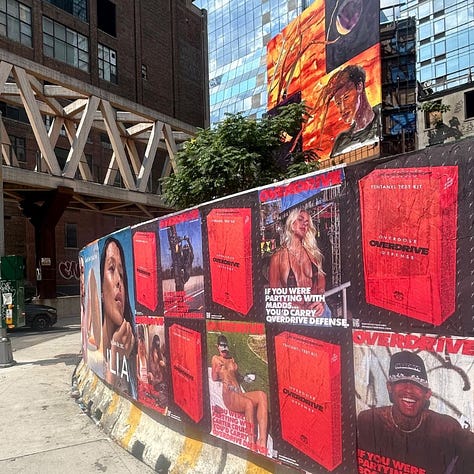
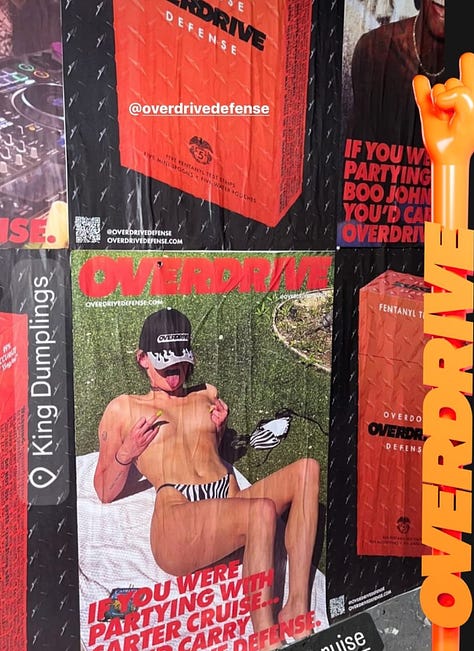
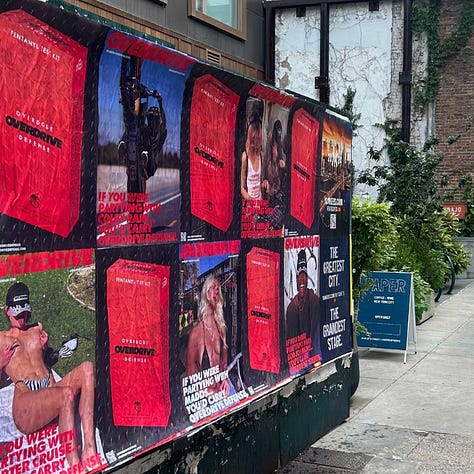
PBT: Can you speak to your plans for amplifying the brand and mission in real life by engaging with your community offline? Where do you hope to make an appearance, and are there any plans you can share?
RW: Overdrive is all about events because that's where the product gets used. What an Overdrive event looks like, which parties make sense for us, and the best way to show up at those events is something we’re figuring out as we go. We’ve talked to big promotion groups, small ones, sports leagues big and small. You’ll definitely see Overdrive involved in some things soon. Long term, we’re still figuring out what an "Overdrive party" really looks like. But we’ll be doing a lot of events now that we’ve got a product to put in people’s hands, and we’re stoked to get started!
PBT: There is a clear PSA and mission attached to the brand. How do you plan to amplify that message outside of social media, perhaps through out-of-home advertising or other mediums?
RW: With our brand, there are a lot of rules on what we can say and where we can say it, but Out of Home gives us a bit more freedom since the regulations are different depending on the spot. We ran a campaign with our talent using slogans like, "If you’re partying with X, you’d carry Overdrive," and the posters did really well—people even started asking if they could get some for themselves. We’ve got more OOH campaigns coming up, ranging from more political on-the-nose statements that are confrontational to a degree or jokes that point to the crisis as something that needs to be approached without fear tactics.
Tied to our brand launch, we’re running a 30-day billboard campaign in Nashville and Phoenix to raise awareness about the fentanyl crisis. These areas have been hit hard by the opioid epidemic. The billboards show a grandma holding one of Overdrive’s fentanyl test kits, with a message that says, "make granny happy" by using them.
A huge thank you to Ryan for the incredibly thoughtful responses. Overdrive is one of those brands that you need to keep a close eye on, not just for the gravitas of the problem they’re solving, but for the creative way they’re building community around such a stigmatized topic in a positive and engaging manner. Check out their content on Instagram and YouTube, and visit their website to learn more.
Want to submit a pitch? Email (or DM) us: peoplebrandsandthings@gmail.com







